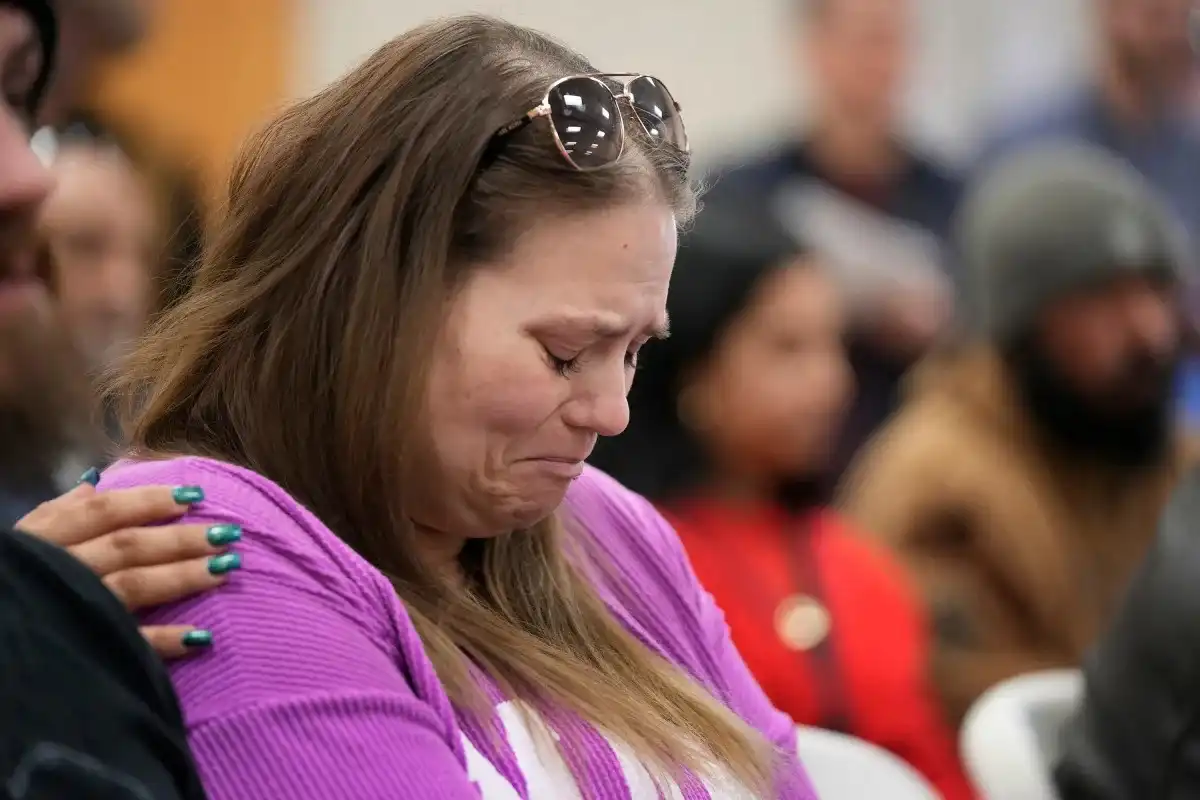Key Takeaways from DOJ Uvalde Shooting Report: A Closer Look
DOJ report criticizes response to Uvalde school shooting, finding grave mistakes and breakdowns in communication among law enforcement.
The U.S. Department of Justice has released a scathing report on the response to the mass shooting at Robb Elementary School in Uvalde, which resulted in the deaths of 19 students and two teachers. The report identified "several critical failures" in the state and local law enforcement's response to the attack, citing a lack of clear communication and command structure among the hundreds of officers at the scene.
The comprehensive report, released on Thursday, analyzed more than 14,000 pieces of data and documentation, including training logs, audio, video, photographs, personal records, and investigative records. It found that responding law enforcement officers entered the school three minutes after the gunman fired his first shots but were forced to retreat after two officers sustained injuries. Despite being in a position to take command and control, the Uvalde Police Department Acting Chief failed to do so.
The report also highlighted a breakdown in communication, with officers falsely reporting the incident as a barricaded or contained subject instead of an active shooter. This led to a delay in neutralizing the shooter and providing aid to the victims. Additionally, arriving officers and emergency responders were not given clear instructions and did not receive accurate information on the unfolding situation.
The report also revealed instances of inaccurate information leading to breakdowns in communication and procedural failures among emergency personnel. It noted that many law enforcement personnel initially received incorrect information, leading to confusion and a lack of urgency in responding to the shooter.
Furthermore, the report found that some of the initial officers on the scene lacked active shooter training, while others received training with incorrect information. It also highlighted the need for long-term support for the Uvalde community, particularly for the families of the victims who have yet to receive mental health and support services.
In conclusion, the report emphasized the need for improved preparation and responses to mass shootings in other communities, indicating that efforts must be dedicated to making entry into the room, stopping the subject, and rendering aid to victims. It also stressed the importance of prioritizing the neutralization of the perpetrator in active shooter scenarios.
Overall, the report provides a comprehensive analysis of the failures in the response to the Uvalde school shooting and underscores the need for significant improvements in future preparedness and response to similar incidents.












Comments on Key Takeaways from DOJ Uvalde Shooting Report: A Closer Look